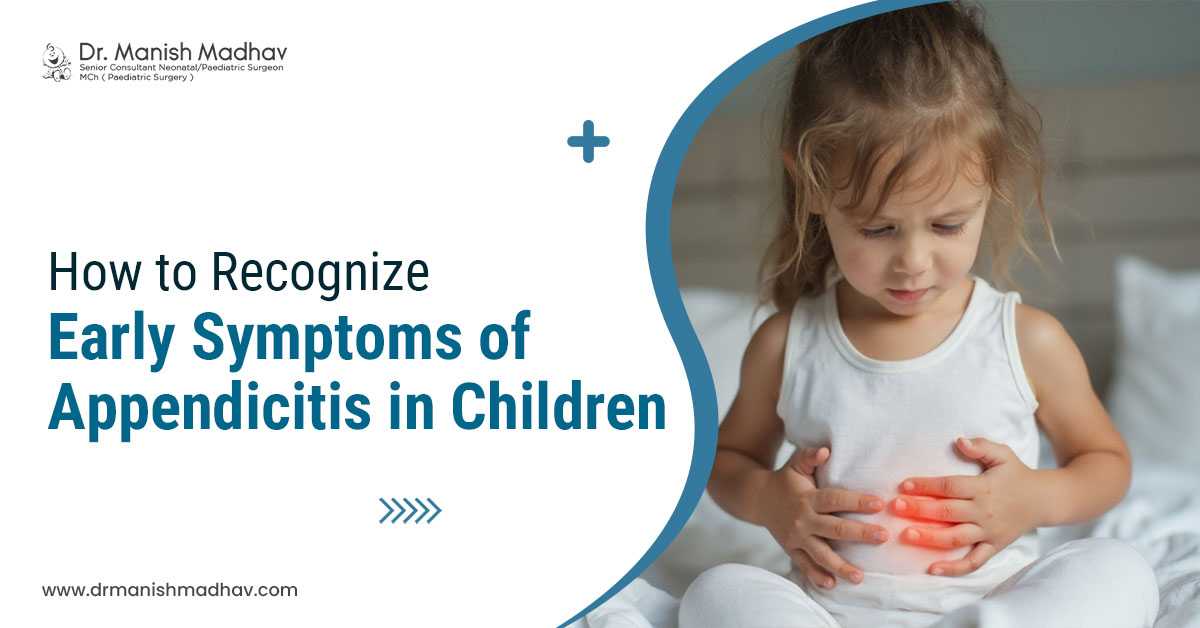Intestinal atresia is a childhood health issue where a baby’s small intestine cannot build up properly during birth. When intestinal atresia occurs, it creates an obstruction of any part of the intestine along the gastrointestinal (GI) tract. It can expose in the congenital period.
When the complication is detected it creates an obstacle to bowel movement in the intestine. If your baby has misplaced a large part of the intestine consult a pediatric surgeon for neonatal surgeries in Siliguri for betterment.
What Are The 4 Types Of Intestinal Atresia?
1) Pyloric Atresia
A blockage is formed in the pyloric area.
2) Duodenal Atresia
The word duodenal atresia is attached to the duodenum, the initial part of the small intestine adjoined with the stomach.
3) Jejunoileal Atresia
In the small intestine while the jejunum or ilium is choked for an anonymous reason it is then called jejunoileal atresia.
4) Colonic Atresia
In colonic atresia, the intestine is highly enlarged, and your baby is facing similar symptoms to jejunoileal atresia.
What Are The Symptoms Of Intestinal Atresia?
In the pregnancy period, if a mother’s womb is preserved with unnatural amniotic fluid, it means her baby might get suffer from intestinal artesia. In that condition, your newborn is incapable of soaking amniotic acid from the mother’s womb.
USG can identify the complication. Whether it is not identified during ultrasound that means your baby may suffer the following symptoms just after birth:
- Obstruction in bowel movement
- Enlarged stomach with gas formation
- Vomiting with green or yellow
- Reluctance of eating
How Intestinal Atresia Are Diagnosed?
During the pregnancy period, your gynecologist identifies that your newborn may face Intestinal Artesia by USG report, he or she then decides a plan on how to treat your kiddo after delivery.
If it is exposed after birth, the pediatric doctor recommends you some imaging tests such as a general X-ray of the belly, which shows bubbles or liquid and gas formation in the stomach.
Doctors perhaps rely on the contrast X-ray. During this test, a dye is implemented into your body by food or via his or her rectum. After injecting dye an X-ray is performed.
How Intestinal Atresia Can Be Treated?
Intestinal atresia can only be cured by surgery. Your pediatric surgeon will use the following steps for the preparation of surgery:
Step 1: Secure your child’s well-being.
Step 2: Using a tube stool and gas are emitting from your baby’s body.
Step 3: Saline is given to your child. In this state, your child’s healthcare professional gives your baby saline via the intravenous process.
Step 4: Before starting the treatment system of neonatal surgeries in Siliguri, your doctor will decide which surgical process is used.
Seeing your baby’s health condition, the process is to be decided. In the post-surgical period, your child’s doctor advises you to consult a dietitian to prepare his or her diet chart. A follow-up check is essential after completing the surgery successfully.




